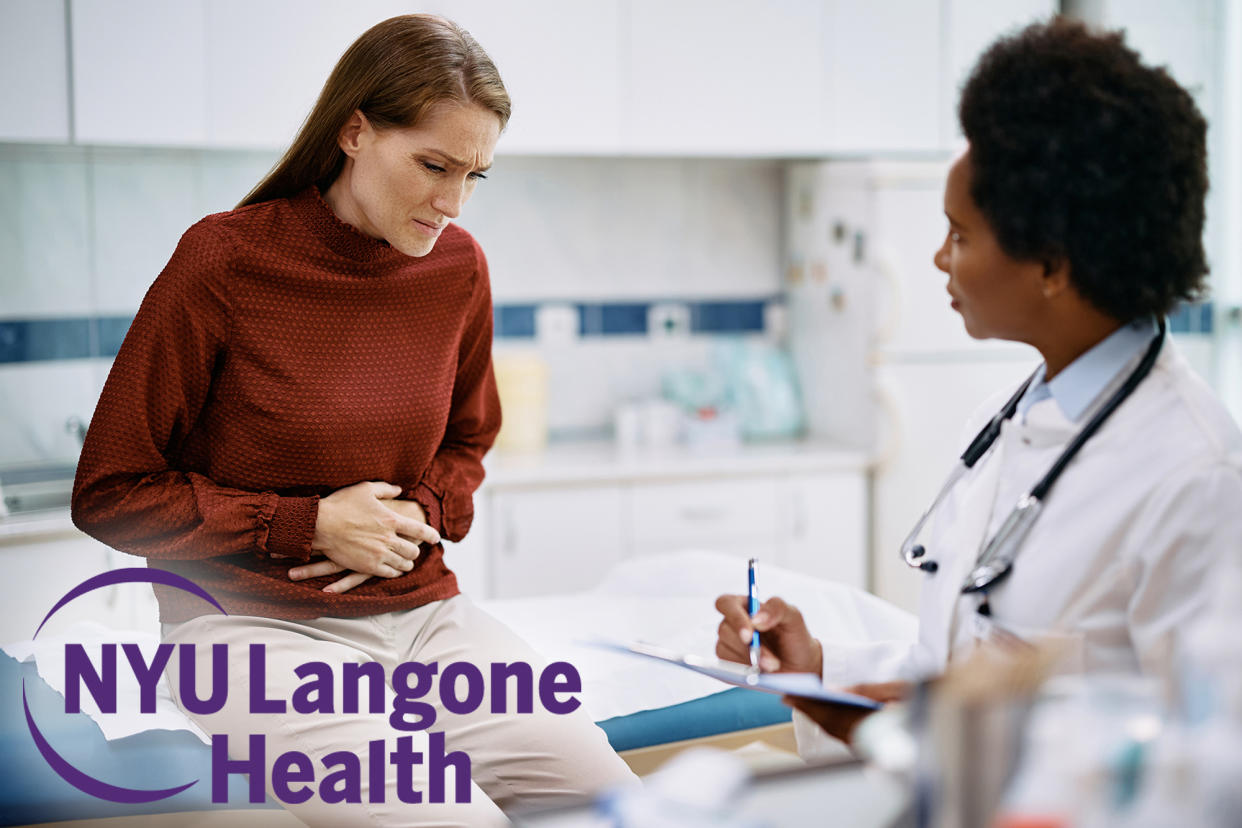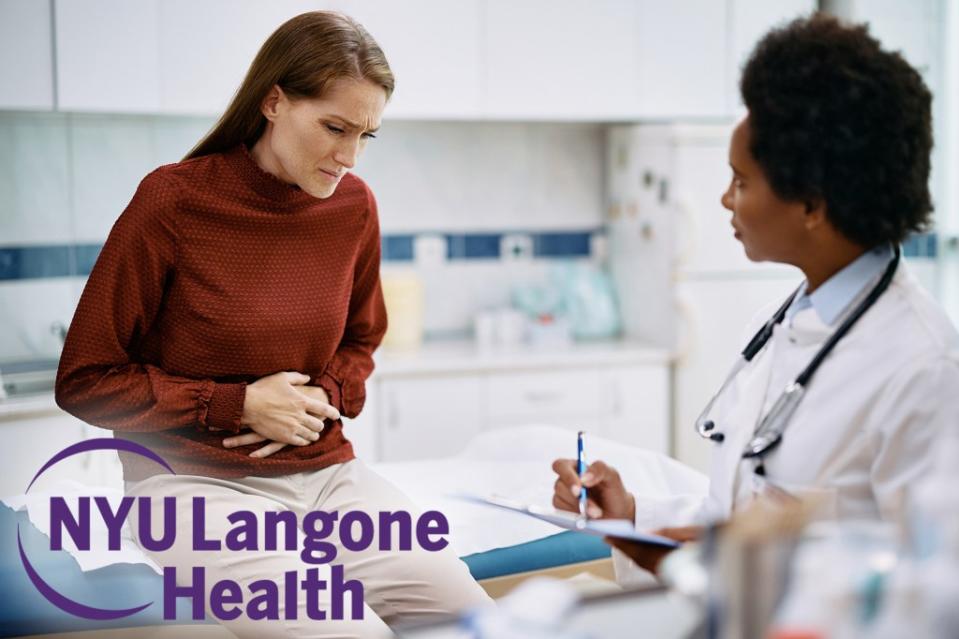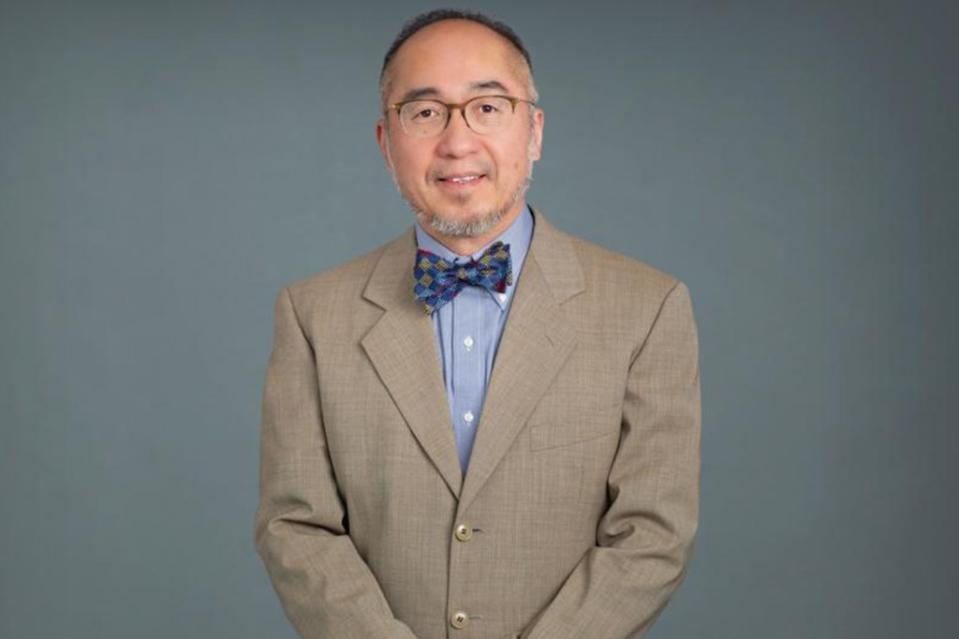How to know when menstrual pain may be a sign of a more serious condition

Endometriosis is a common but often misunderstood and underdiagnosed serious medical condition and can often be mistaken for menstrual pain. The uterus is lined with tissue that grows and is shed during the menstrual cycle. Endometriosis occurs when this so-called endometrial tissue grows in areas where it should not, such as the pelvis and other sites outside of the uterus, causing various symptoms including pelvic pain, painful menstrual periods, pain during intercourse, infertility and fatigue.
We sat down with Ted Lee, MD, director of minimally invasive gynecological surgery at NYU Langone Health, who explained how to know when menstrual pain may be a sign of a more serious condition such as endometriosis.
I feel intense pain and cramping around my menstrual cycle each month. How do I know if my period pain is normal or a sign of something more serious?
Mild to moderate cramps around your menstrual cycle can be normal, but periods should not be so painful that they significantly disrupt your daily life. If you find yourself regularly experiencing severe pain that interferes with your ability to work, attend school or enjoy daily activities, it is important to talk to your doctor.

Pelvic pain occurs in endometriosis when endometrial tissue grows in the abdomen outside of the uterus. During the menstrual cycle, endometriosis responds to hormonal changes by thickening, breaking down and bleeding — causing inflammation and pain wherever it resides.
Patients may experience pain only during menstruation or at various times throughout the menstrual cycle. Endometriosis may include additional symptoms including heavy menstrual bleeding, nausea, vomiting, diarrhea, pain during intercourse and fertility issues.
Diagnosing endometriosis can be challenging and often requires a combination of your medical history, a pelvic examination and imaging tests such as targeted pelvic ultrasound or MRI scan. A pelvic exam allows us to look for abnormalities such as cysts or scar tissue, as well as check for areas of pain and tenderness or patches of severe disease. Usually, by the time endometriosis is visible or suspected by imaging, the disease is fairly advanced.
We can also use laparoscopy to diagnose this condition by placing a patient under general anesthesia so a surgeon can make a series of small incisions in the abdomen and insert a thin scope with a light and camera on the tip to help the doctor view the endometriosis and scar tissue throughout the abdomen to confirm the diagnosis.

What treatments are there for endometriosis?
Endometriosis treatment aims to alleviate symptoms, manage pain and improve quality of life. Unfortunately, there is no cure at the moment. The specific treatment plan depends on the individual patient and considers factors such as the severity of symptoms and the patient’s reproductive goals.
Over-the-counter pain relievers like ibuprofen and naproxen can help with the pain associated with endometriosis. Hormonal therapy, including birth control pills and progestin-only contraceptives like the hormonal IUD, regulate the menstrual cycle and help reduce the severity of symptoms.
In cases where medication alone is not sufficient, minimally invasive surgical procedures may be recommended. During laparoscopic surgery, a surgeon can remove endometrial implants and scar tissue at the same time as the diagnostic procedure. Similarly, robotic-assisted laparoscopy is a minimally invasive option that gives doctors a high-resolution, three-dimensional view of small areas surrounding pelvic organs. Typically, patients can go home the same day as their surgeries and both surgical techniques result in relatively short recovery times.
Endometriosis can lead to infertility in several ways. For example, scar tissue from endometrial implants can block the fallopian tubes, preventing sperm from fertilizing an egg. It can also cause infertility by secreting toxins that can prevent the fertilized egg from attaching to the endometrial lining. Depending on a patient’s preference and future pregnancy plans, fertility-sparing removal of endometriosis can preserve the uterus and other reproductive organs while relieving the pain caused by the condition. In many cases, surgical removal of endometriosis can improve the chance of pregnancy when no other causes of infertility can be found. In severe cases where other treatments have failed and the patient does not wish to preserve fertility, a hysterectomy, surgical removal of the uterus, may be considered, along with excision of endometriosis.
At NYU Langone’s Endometriosis Center, specialists are dedicated to conducting a thorough evaluation to accurately diagnose the condition and then develop a personalized treatment plan tailored to each patient’s lifestyle and goals.
Ted T. Lee, MD, is chief of surgical innovation for gynecology at NYU Langone Health and division director of minimally invasive and specialty gynecological surgery in the department of obstetrics and gynecology. He is also a clinical professor of obstetrics and gynecology at NYU Grossman School of Medicine.

